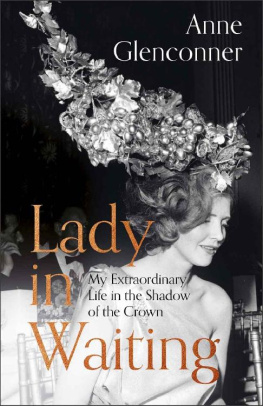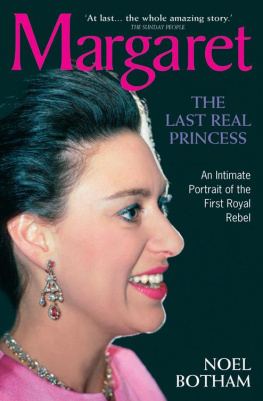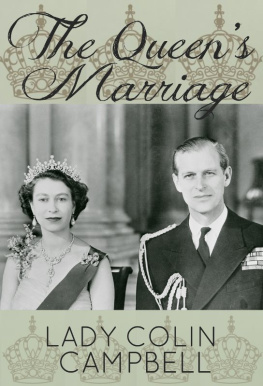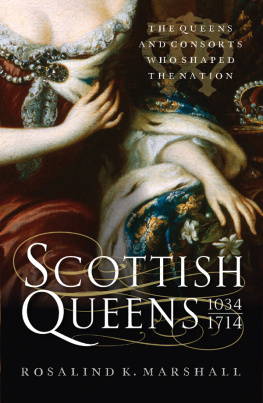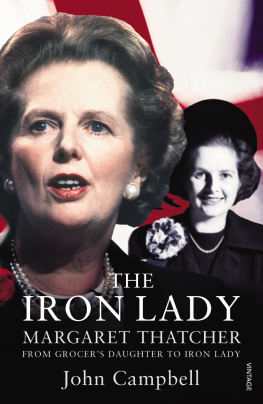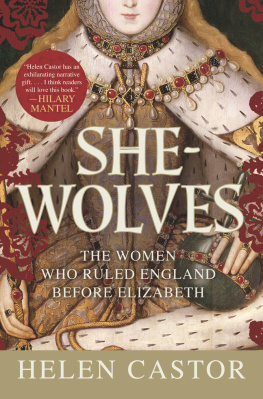About the Author
Lady Glenconner is now 87. She was born Lady Anne Coke in 1932, the eldest daughter of the 5th Earl of Leicester, and growing up in their ancestral estate at Holkham Hall in Norfolk. A Maid of Honour at the Queens Coronation, she married Lord Glenconner in 1956. She was appointed Lady in Waiting to Princess Margaret in 1971 and kept this role accompanying her on many state occasions and foreign tours until Princess Margarets death in 2002.
Lady Glenconner now lives in a farmhouse near Kings Lynn in Norfolk.
Lady in Waiting
My Extraordinary Life in the Shadow of the Crown
Anne Glenconner

www.hodder.co.uk
zuleika.london
First published in Great Britain in 2019 by Hodder & Stoughton An Hachette UK company And by joint imprimatur with Zuleika Copyright Anne Glenconner 2019
The right of Anne Glenconner to be identified as the Author of the Work has been asserted by her in accordance with the Copyright, Designs and Patents Act 1988.
All rights reserved.
No part of this publication may be reproduced, stored in a retrieval system, or transmitted, in any form or by any means without the prior written permission of the publisher, nor be otherwise circulated in any form of binding or cover other than that in which it is published and without a similar condition being imposed on the subsequent purchaser.
A CIP catalogue record for this title is available from the British Library Hardback ISBN 978 1 529 35906 0
Trade Paperback ISBN 978 1 529 35907 7
eBook ISBN 978 1 529 35908 4
Hodder & Stoughton Ltd Carmelite House
50 Victoria Embankment
London EC4Y 0DZ
Zuleika
89G Lexham Gardens
London W8 6JN
www.hodder.co.uk
www.zuleika.london
For my children, grandchildren and great-grandchildren
Contents
PROLOGUE
One morning at the beginning of 2019, when I was in my London flat, the telephone rang.
Hello?
Lady Glenconner? Its Helena Bonham Carter.
Its not every day a Hollywood film star rings me up, although I had been expecting her call. When the producers of the popular Netflix series The Crown contacted me, saying that I was going to be portrayed by Nancy Carroll in the third series, and that Helena Bonham Carter had been cast as Princess Margaret, I was delighted. Asked whether I minded meeting them so they could get a better idea of my friendship with Princess Margaret, I said I didnt mind in the least.
Nancy Carroll came to tea, and we sat in armchairs in my sitting room and talked. The conversation was surreal as I became extremely self-aware, realising that Nancy must be absorbing what I was like.
A few days later when Helena was on the telephone, I invited her for tea too. Not only do I admire her as an actress but, as it happens, she is a cousin of my late husband Colin Tennant, and her father helped me when one of my sons had a motorbike accident in the eighties.
As Helena walked through the door, I noticed a resemblance between her and Princess Margaret: she is just the right height and figure, and although her eyes arent blue, there is a similar glint of mischievous intelligence in her gaze.
We sat down in the sitting room, and I poured her some tea. Out came her notebook, where she had written down masses of questions in order to get the measure of the Princess, to do her justice, she explained.
A lot of her questions were about mannerisms. When she asked how the Princess had smoked, I described it as rather like a Chinese tea ceremony: from taking her long cigarette holder out of her bag and carefully putting the cigarette in, to always lighting it herself with one of her beautiful lighters. She hated it when others offered to light it for her, and when any man eagerly advanced, she would make a small but definite gesture with her hand to make it quite clear.
I noticed that Helena moved her hand in the tiniest of reflexes, as if to test the movement Id just described, before going on to discuss Princess Margarets character. I tried to capture her quick wit how she always saw the humorous side of things, not one to dwell, her attitude positive and matter-of-fact. As we talked, the descriptions felt so vivid, it was as though Princess Margaret was in the room with us. Helena listened to everything very carefully, making lots of notes. We talked for three hours, and when she left, I felt certain that she was perfectly cast for the role.
Both actors sent me letters thanking me for my help, Helena Bonham Carter expressing the hope that Princess Margaret would be as good a friend to her as she was to me. I felt very touched by this and the thought of Princess Margaret and I being reunited on screen was something I looked forward to. I found myself reflecting back on our childhood spent together in Norfolk, the thirty years Id been her Lady in Waiting, all the times we had found ourselves in hysterics, and the ups and downs of both our lives.
Ive always loved telling stories, but it never occurred to me to write a book until these two visits stirred up all those memories. From a generation where we were taught not to over-think, not to look back or question, only now do I see how extraordinary the nine decades of my life have really been, full of extreme contrasts. I have found myself in a great many odd circumstances, both hilarious and awful, many of which seem, even to me, unbelievable. But I feel very fortunate that I have my wonderful family and for the life I have led.
CHAPTER ONE
The Greatest Disappointment

HOLKHAM HALL COMMANDS the land of North Norfolk with a hint of disdain. It is an austere house and looks its best in the depths of summer when the grass turns the colour of Demerara sugar so the park seems to merge into the house. The coast nearby is a place of harsh winds and big skies, of miles of salt marsh and dark pine forests that hem the dunes, giving way to the vast stretch of the grey-golden sand of Holkham beach: a landscape my ancestors changed from open marshes to the birthplace of agriculture. Here, in the flight path of the geese and the peewits, the Coke (pronounced cook) family was established in the last days of the Tudors by Sir Edward Coke, who was considered the greatest jurist of the Elizabethan and Jacobean eras, successfully prosecuting Sir Walter Raleigh and the Gunpowder Plot conspirators. My family crest is an ostrich swallowing an iron horseshoe to symbolise our ability to digest anything.
There is a photograph of me, taken at my christening in the summer of 1932. I am held by my father, the future 5th Earl of Leicester, and surrounded by male relations wearing solemn faces. I had tried awfully hard to be a boy, even weighing eleven pounds at birth, but I was a girl and there was nothing to be done about it.
My female status meant that I would not inherit the earldom, or Holkham, the fifth largest estate in England with its 27,000 acres of top-grade agricultural land, neither the furniture, the books, the paintings, nor the silver. My parents went on to have two more children, but they were also daughters: Carey two years later and Sarah twelve years later. The line was broken, and my father must have felt the weight of almost four centuries of disapproval on his conscience.
My mother had awarded her father, the 8th Lord Hardwicke, the same fate, and maybe in solidarity, and because she thought I needed to have a strong character, she named me Anne Veronica, after H. G. Wellss book about a hardy feminist heroine. Born Elizabeth Yorke, my mother was capable, charismatic and absolutely the right sort of girl my grandfather would have expected his son to marry. She herself was the daughter of an earl, whose ancestral seat was Wimpole Hall in Cambridgeshire.

